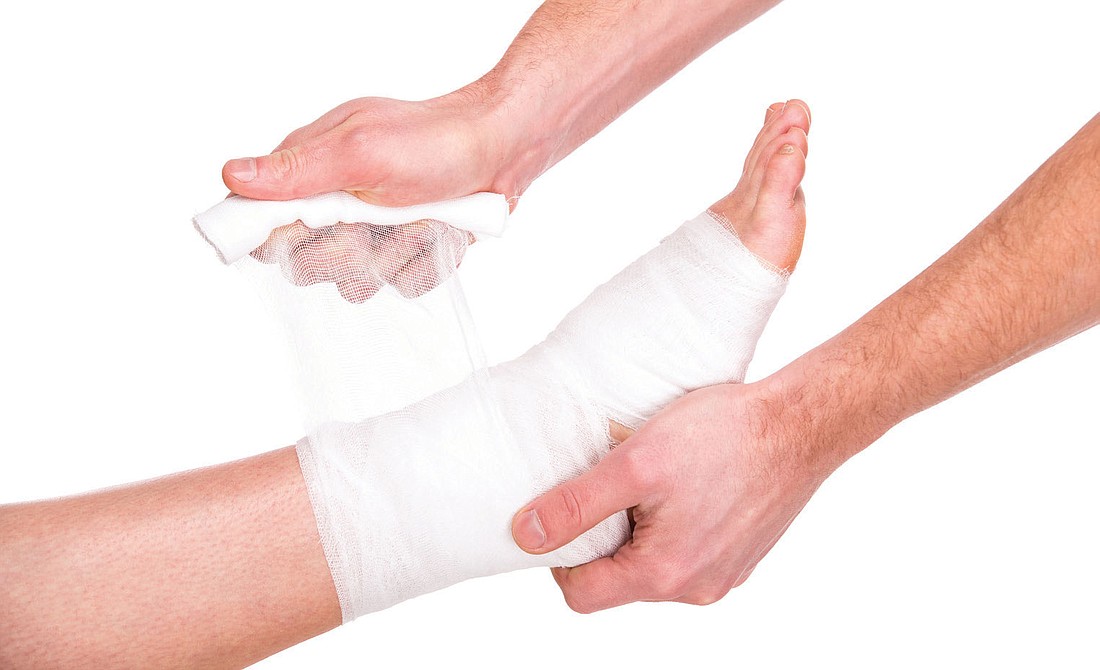-
-
Loading

Loading

Statistics
About 25 percent of people living with diabetes will develop a foot ulcer. And once healed, foot ulcers have an alarming recurrence rate. As many as 40 percent of people with a healed diabetic foot ulcer develop a new ulcer within a year.
Diabetic foot ulcers can be challenging to heal
Aggravating factors prevalent in individuals with diabetes, such as high blood sugar levels, poor circulation, immune system issues, nerve damage and infection can make diabetic foot ulcers difficult to heal.
It’s estimated that approximately 14 to 24 percent of people with foot ulcers will experience an amputation. And, unfortunately, individuals with an amputation have a 50 percent mortality rate within five years.
Common Causes of Diabetic Foot Ulcers
Prevention Recommendations from Lakewood Ranch Medical Center’s, Center for Wound Healing and Hyperbaric Medicine
Techniques for Healing
The Center for Wound Healing and Hyperbaric Medicine offers specialized wound care therapies including:
For more information about diabetic foot ulcers or how we can help, call the hospital’s Center for Wound Healing and Hyperbaric Medicine at 941.782.2830 or visit lwrmc.com